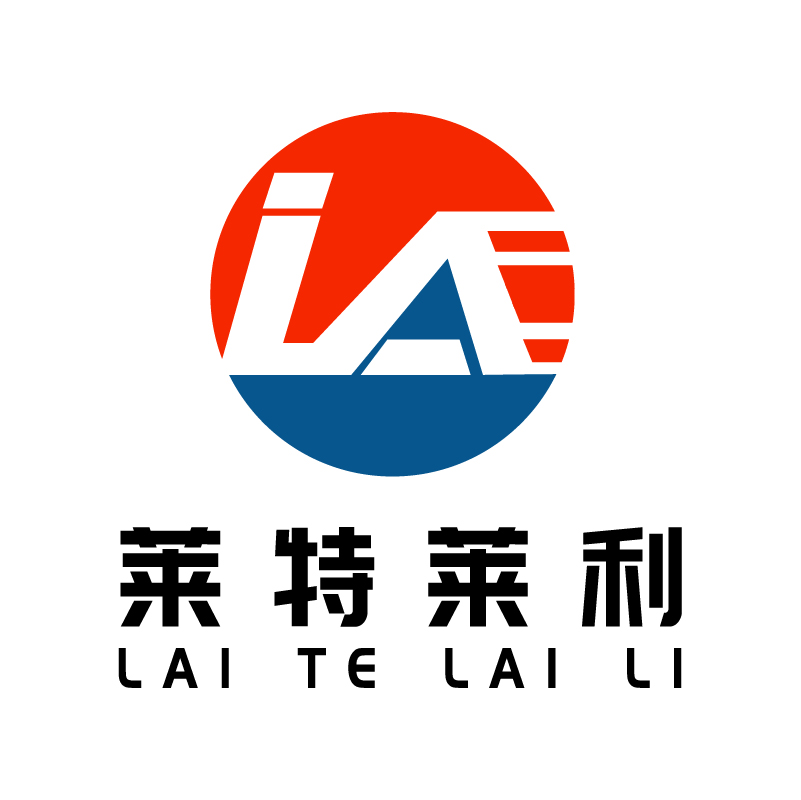What is the difference between non-adhesive thermal paper and ordinary thermal paper
The difference between removable non-adhesive thermal paper and ordinary thermal paper can be summarized as follows:
Viscosity and removal:
Removable non-adhesive thermal paper: With special viscosity, it can be easily attached to a variety of surfaces, and can be easily removed when it needs to be removed, without leaving glue marks on the surface of the object.
Ordinary thermal paper: usually does not have adhesive, so it cannot be pasted, mainly for printing or fax purposes.
Usage scenario:
Thermal paper can be removed without glue: because it can be pasted and without glue, it is widely used in occasions where temporary labeling and frequent label replacement are needed, such as price labels and commodity information labels in logistics, warehousing, retail and other industries.
Ordinary thermal paper: mainly used for fax, medical records, ECG drawings, thermal instrument records and Internet terminal printing, etc., of which fax paper accounts for the largest proportion.
Structure and composition:
Non-adhesive thermal paper can be removed: In addition to the basic thermal coating, a special adhesive layer and backing layer may be included to ensure that it can be removed without leaving a trace.
Ordinary thermal paper: mainly composed of thermal coating and high-quality base paper, thermal coating contains colorless dyes, color development agents, sensitizers and other chemical components, used to display text and images when heated.
Price and Cost:
Non-adhesive thermal paper can be removed: due to its special adhesive and non-adhesive technology, the price will usually be slightly higher than ordinary thermal paper.
Ordinary thermal paper: the price is relatively close to the people, widely used in daily office and commercial activities.
In summary, there are significant differences between non-adhesive removable thermal paper and ordinary thermal paper in terms of viscosity, use scenarios, structure and composition, and price. These differences make the two types of paper play different roles in their respective fields of application.


